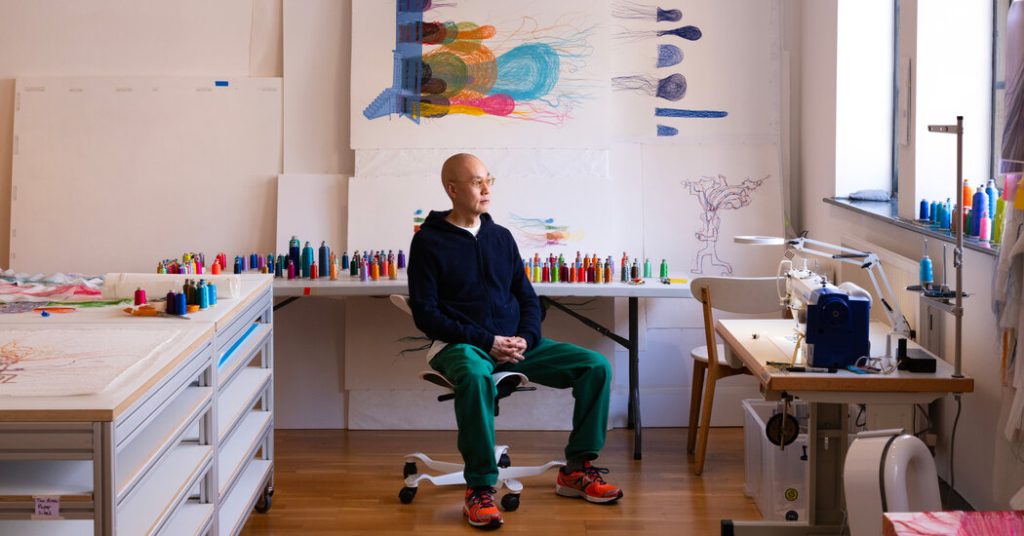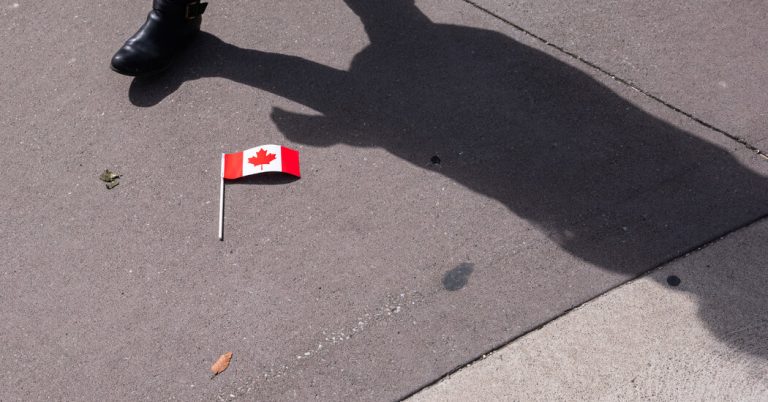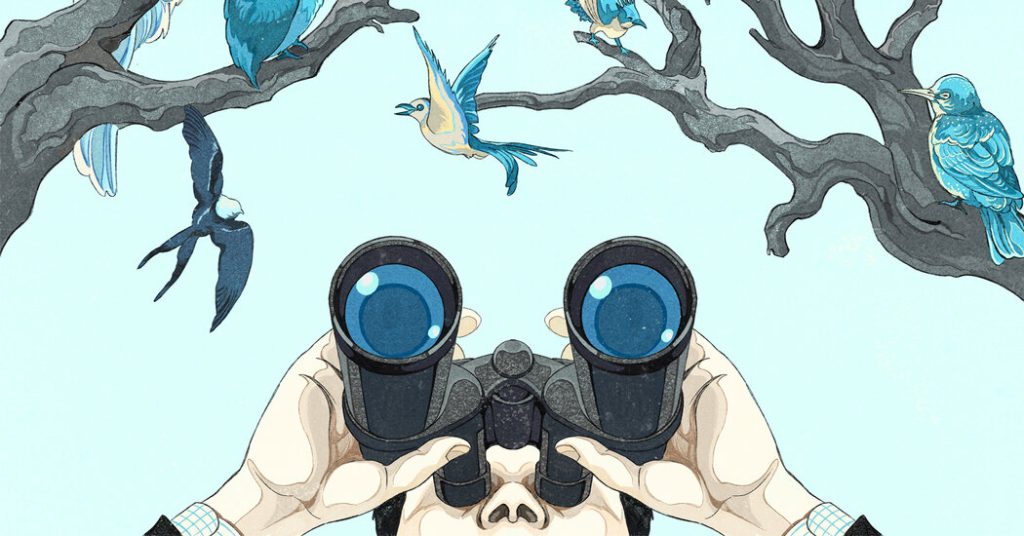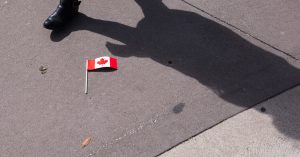The artist Do Ho Suh’s London studio is a mazelike series of spaces within a Victorian warehouse complex in the northern Islington neighborhood. In one room, a wall is covered in monochromatic mesh maquettes of sculptures that resemble his former homes in Seoul, New York and Berlin. In another, spools of rainbow-toned fiber line workbenches and shelves; Suh, 63, and his team of about a dozen will pull from them to create his shaggy “thread drawings,” which depict bodies and architectural structures that dissolve into masses of fine lines, embedded in handmade paper. On the other side of a central, winding staircase is the room where the artist does his mechanical work: At a wooden table, a robotic arm hovers above a prototype of one of his house-inspired sculptures in red thermoplastic polyester, a material that’s become one of Suh’s signatures.
Just as each part of his studio tells a different story about his practice, many of Suh’s house sculptures combine rooms from various times and places in the artist’s life. These works, which have defined his three-decade career, are typically life-size, made from gauzy, colorful fabric with an ethereal quality. “Home Within Home Within Home Within Home Within Home” (2013), for example, mimics a Russian doll: A replica of Suh’s childhood home in Seoul is engulfed by a true-to-size fabric imitation of the three-story Providence, R.I., townhouse where he lived when he first moved to the United States in 1991. For “Staircase-III” (2010), he created a red, semitransparent polyester and steel staircase inspired by the apartment in New York’s Chelsea neighborhood that he rented for almost twenty years starting in the mid-1990s, though this version hangs upside-down from the ceiling. Suh’s works are as much about precise re-creation — incorporating details as small as light switches and plug sockets — as they are about distortion. Ultimately, they capture how the act of relocation can influence memory.
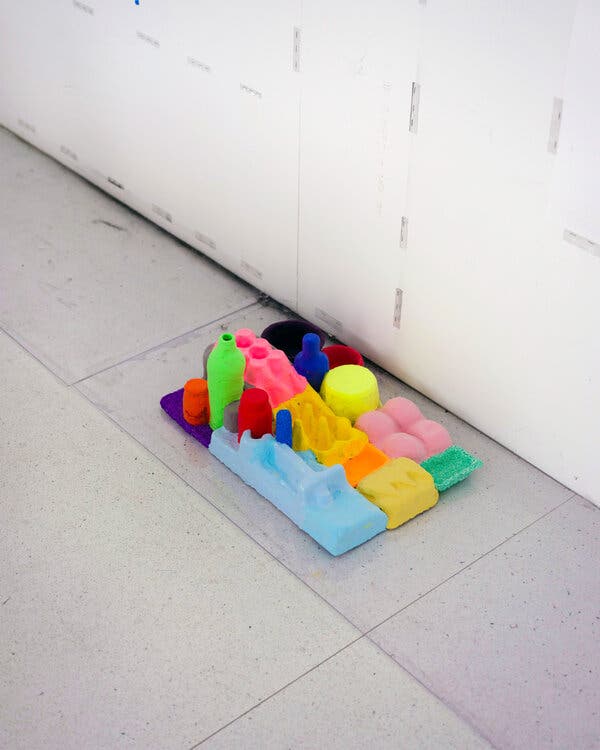
A small sculpture sits on the floor of Suh’s main studio space.Credit…Kalpesh Lathigra
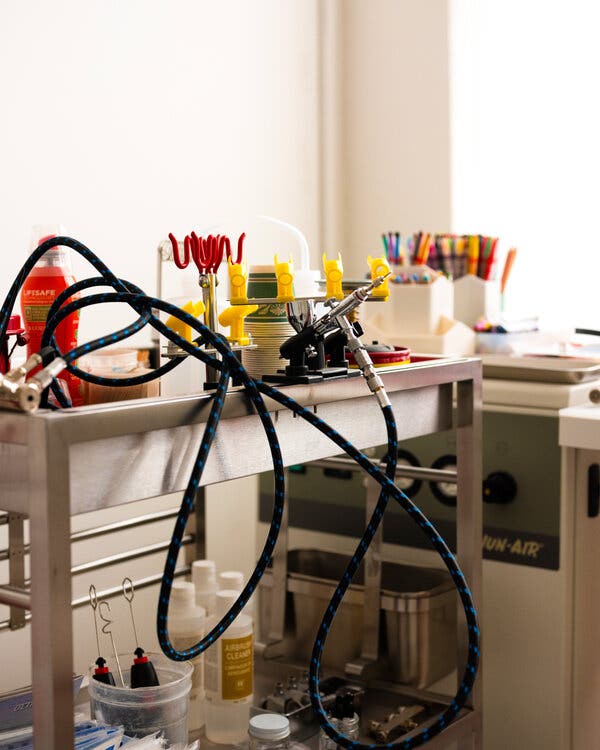
Airbrushes that the artist uses for his ink-and-lacquer drawings and paintings.Credit…Kalpesh Lathigra
Though Suh is the son of an artist — the influential Seoul-based abstract ink painter Suh Se-ok, who died in 2020 — he had early ambitions to be a marine biologist, in part because of his fascination with an anonymously created 10-panel painting of groups of fish swimming together that his parents displayed in their home. When he began making art, he similarly fixated on how temporary homes and communities are made and then left behind. He learned traditional painting techniques at Seoul National University in the 1980s, then went on to earn undergraduate and graduate degrees at Rhode Island School of Design and Yale,where his work became more sculptural. Suh made his first true-to-scale duplication of his childhood house in 1999: “Seoul Home/L.A. Home/New York Home/Baltimore Home/London Home/Seattle Home” is fully collapsible, constructed entirely from silk organza in the same light jade green as the original ceilings of that dwelling, which his father built in the 1970s, itself a replica of a 19th-century, Yi dynasty residence. As Suh puts it, “I make highly personal spaces public.”
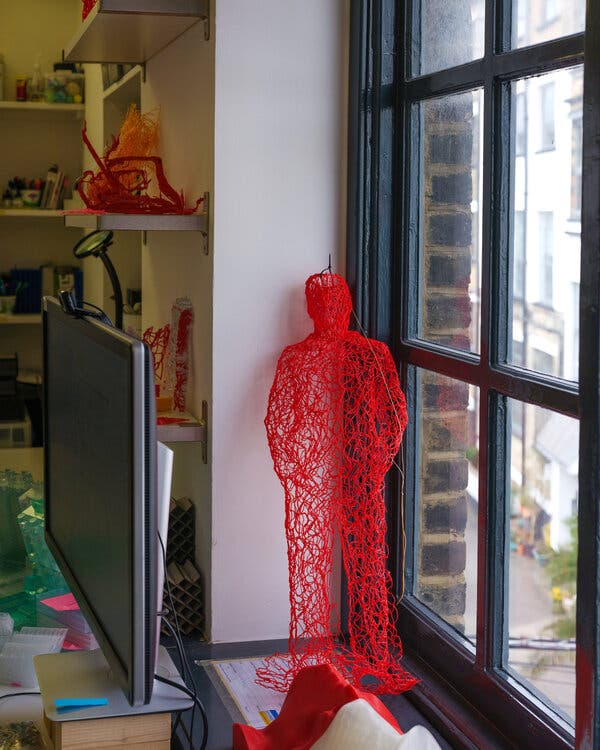
A prototype for Suh’s “Inverted Monument” (2022) made from extruded thermoplastic polyester via a process that Suh developed with a robotics team at the Centre for Print Research at University of the West of England Bristol.Credit…Kalpesh Lathigra
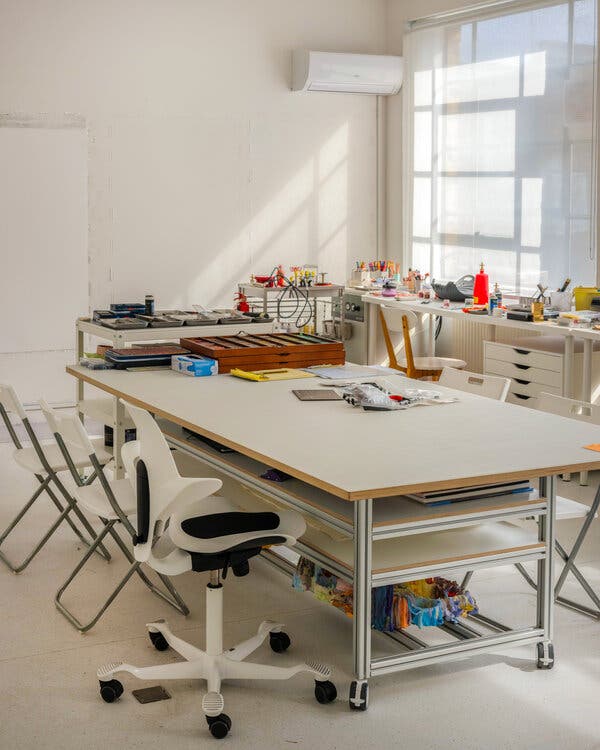
Suh’s main studio room and desk.Credit…Kalpesh Lathigra
For his major survey exhibition at Tate Modern in London, which opens this week, Suh has created a new piece, “Nest/s” (2024), that places eight semitransparent fabric rooms and passageways from his different homes in one long line. Visitors can walk through the work, which Suh calls a “time and space entanglement” — the structures’ edges overlap, much like the artist’s memories of each place. The exhibition also includes the 2018 video “Robin Hood Gardens,” which was filmed at a Brutalist housing project of the same name in Britain in 2017, just before it was demolished, its tenants having been forcibly removed. A translucent screen divides that video’s projection from other nearby works in the show, allowing some of its light to leak onto the external walls of Suh’s replica of his childhood home, “Rubbing/Loving Project: Seoul Home” (2013-22). The blurring between the two works mirrors the artist’s practice as a whole: deeply personal, yet also porous, making room for the presence — and interpretation — of strangers.

